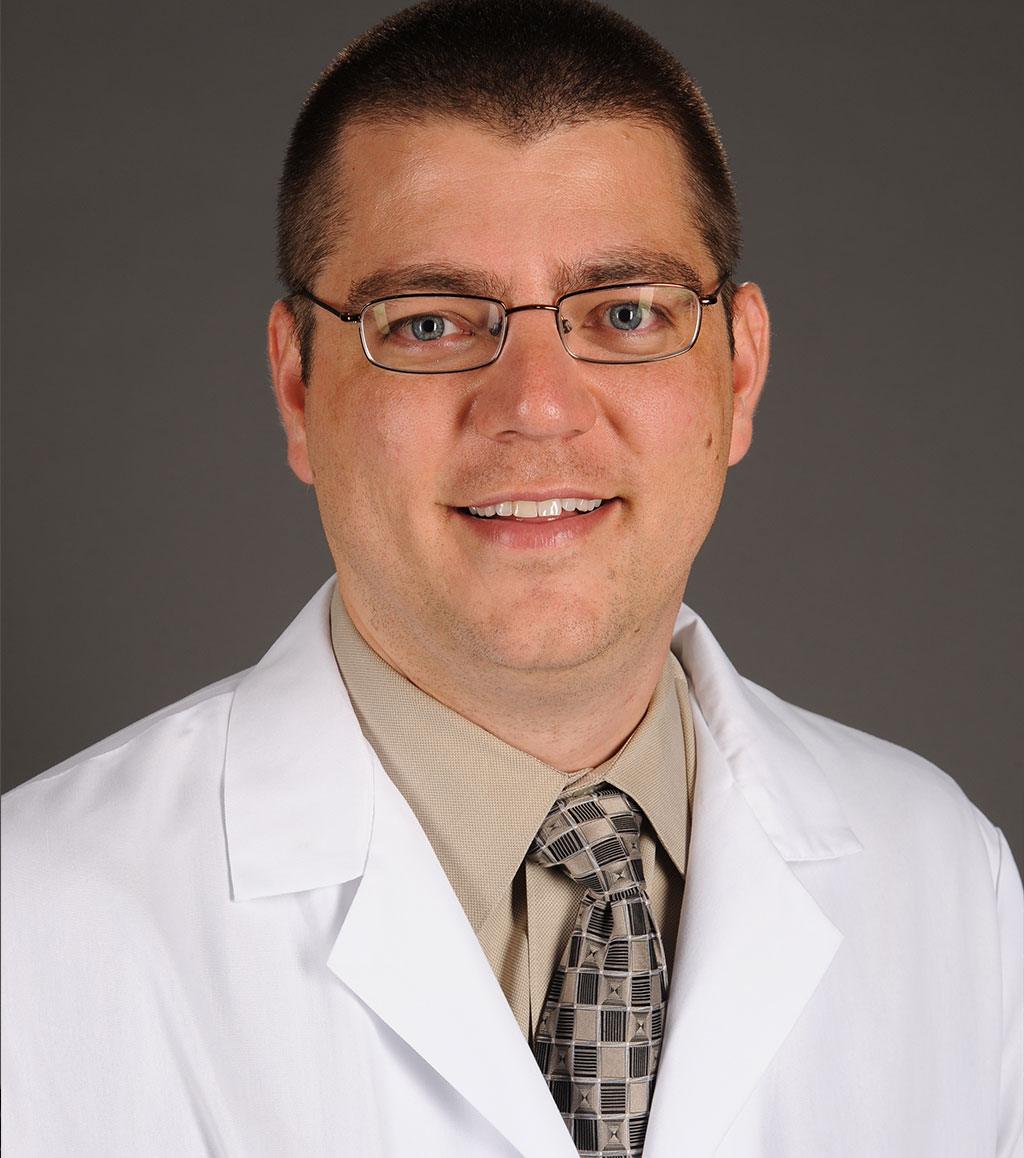
As the computer form factor shrank from the size of a room to a laptop, computing “mobility” finally became a reality as devices could be transported anywhere. For over a decade, the laptop continued to shrink while increasing in performance and lowering in price. Mobility became synonymous with portability. However, with the advent of the smartphone, mobility now transcends a single product category and has morphed into an experience. Over a short five years, mobility has become synonymous for “easy,” “convenient,” “enabling,” “engaging”, “meaningful,” “connected” and “accessible.”
Mobility is no longer a material thing; it is an experience that fits naturally into our daily lives while delivering powerful and improved possibilities. The enhanced possibilities of mobility are essential to healthcare today and provide several benefits to Perioperative Medicine.
1. Mobile Means Real-Time Analytics
Mobile devices by default are connected to the internet, and thus, they can be connected to massive data centers. Fortunately, the technology created to support and service these data needs is available to all market segments, not just billion-dollar companies, making it accessible to healthcare workers. For healthcare, these secure hosted enterprise environments are particularly transformative in two important ways:
a. Empower the Provider
As a practitioner, the ability to view your performance with meaningful perspective is extremely important to your growth as a doctor providing patient care. For Perioperative Medicine, a practitioner can view turn-around-times, on-time starts, ready times, recovery times, and compliance with patient safety metrics. A practitioner can also monitor their patient’s waiting experience and better manage factors contributing to it, such as delays. With individualized real-time comparative analytics, medical professionals are empowered to improve their practice before administration intervenes.
b. Smarter Administration
Such data analytics are not limited to the individual provider. The improved data uniquely positions the administrative team to compare individual providers, identify best practices, find areas to improve, measure the effect of interventions and share quality of service with individual surgeons – all in real-time with no human error or extra resources. Cloud-hosted, user-friendly and web-based analytics are available without the need for complex custom report generation or expensive IT infrastructure and support teams. Mobility has transformed our ability to gain insight and improve in real-time without breaking the bank.
2. Flexible Practice
The most important job of a healthcare professional is patient care. It is imperative to be vigilant about patient care and remain undistracted, focused, and responsive. As patients move from pre-op, to intra-op, to recovery and cared for in radiology suites or sedations on the floor, it is essential for providers to have technology that naturally fits everyday mobile practice. Combining technology with everyday mobile practices provides practitioners with the familiarity of a device they are accustomed to, bypassing the time and training it takes to get acclimated to new devices. This technology also provides practitioners with convenient access to medical information and allows them to treat patients freely without being tied to a certain area. Being confined to desktops bolted to anesthesia machines or workstations-on-wheels, and subjected to multiple login and logoffs presents several hurdles that can negatively impact patient care. The capabilities of modern technology empower practitioners to make smarter, quicker decisions resulting in a level of patient care only made possible through mobile devices.
3. Improved Patient Experience
Just as practitioners have adapted to modern technology, patients have as well. Accustomed to accessing a plethora of information instantly at the touch of their finger, patients have the comfort of getting prompt updates directly from their doctors through technology.
Prior to the use of mobile devices, patients would be confined to a waiting room and at the mercy of a triage nurse’s availability to stop by and provide an update. This archaic practice blocked patients from accessing their healthcare information in real-time, resulting in negative patient experience and less personalized care.
With mobility, practitioners are connected and engaged with patients, empowering them with information that matters to them – real-time updates, individualized education and facility specific information. Mobility also allows for healthcare professionals to collect data that will enhance patients’ experience, such as their feedback on questionnaires and outcomes. Practitioners now have the opportunity to make timely adjustments based on the data collected from patients’ feedback and provide consistent and desired patient care. With mobility, patients are forging a meaningful and persistent connection with their provider, elevating the role they play in their own healthcare.
Conclusion
Mobility is not a laptop or a simple device, rather, it’s the combination of its portable form factors with cloud computing data centers. Although its influence on the healthcare system is still in its infancy, the importance of the revolutionary experience of mobility is clear. Mobility carries the potential to dramatically improve the experience, improve the outcome and lower the cost.
About Dr. Jeffrey Zavaleta, MD
Dr. Jeffrey Zavaleta, MD, is the chief medical officer at Graphium Health. A board-certified anesthesiologist, Dr. Zavaleta has spent over a decade attending to pediatric anesthesia needs, ranging from pre surgical anesthesia evaluation, to surgical anesthesia and pain management. Combining his training in bioinformatics and passion for innovative IT solutions, Dr. Zavaleta assists in medical guidance for development of all Graphium Health products, including a cloud-based, Tablet PC solution for physicians, Perioperative analytics and reporting tools for the hospital administration.
